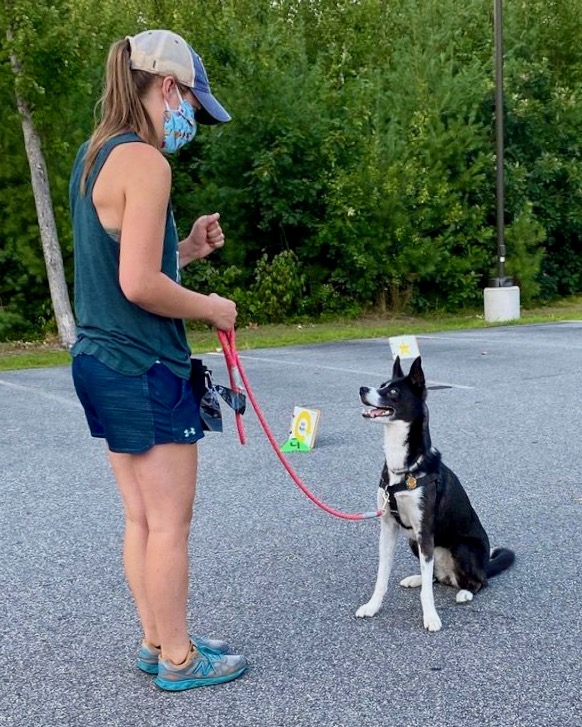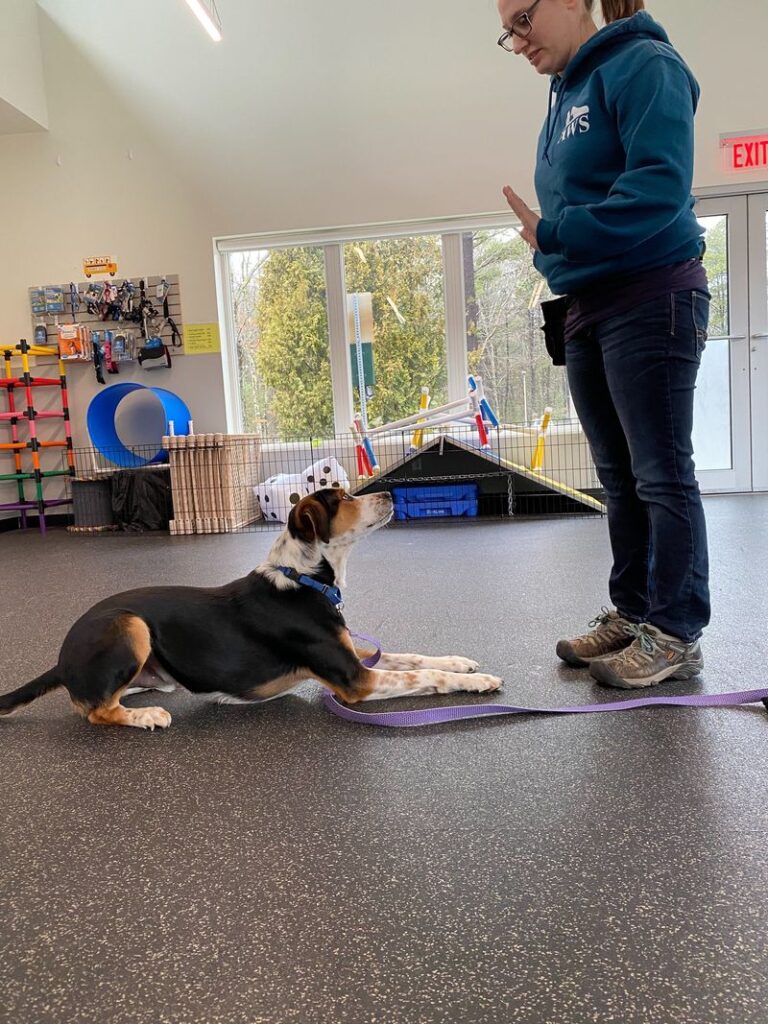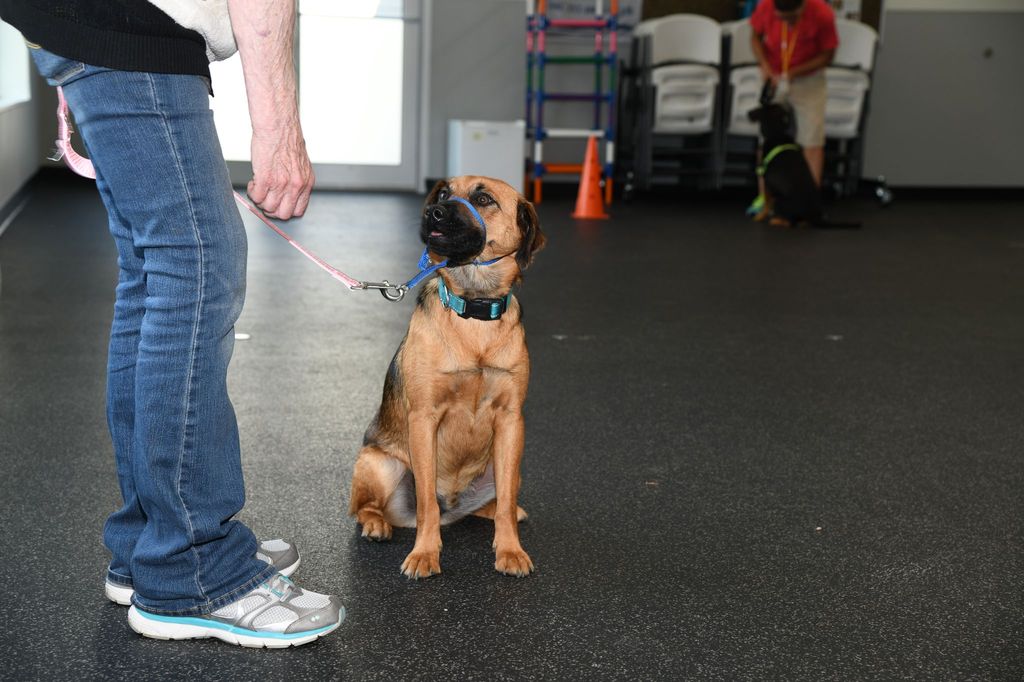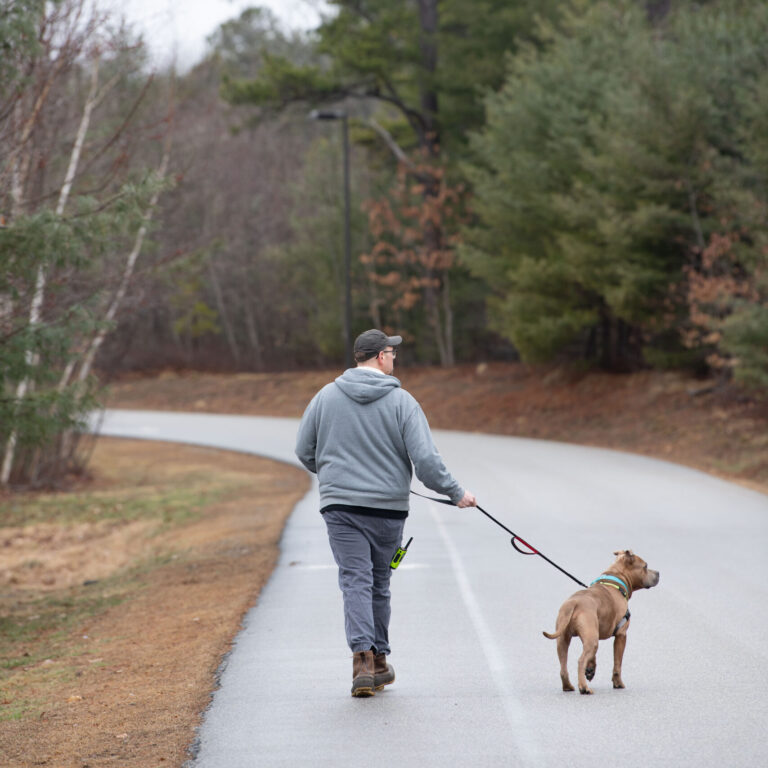The Three D’s of Dog Training
Does your dog ‘sit’ well in your home, but struggles in the backyard? Can your pup ‘stay’ when asked, but only for a short time? By practicing the three D’s of dog training, you can help your dog build fluency in their training and start generalizing these behaviors. It’s hard for a pup in training to understand that what they’re learning must be consistent. With the three D’s of dog training, however, your canine companion will become fluent in the language of behavior. Ready to learn more?!

What Are the Three D’s?
The three D’s of dog training refer to duration, distance, and distraction. Working on these D’s means building fluency with your dog’s training. Just like a language, your dog can become fluent in their behaviors, and the three D’s are what makes it happen. Before we dive in, however, it’s important to note that training should start at the base level. This means teaching your dog a behavior like “sit” or “stay” without expecting anything else, at least at first. Once your dog has that new behavior down, then it’s time to raise the stakes and introduce the three D’s.
When starting with the three D’s, make sure to only emphasize one at a time. For example, if you want to practice adding distance to a behavior your dog knows, keep the duration and distraction levels low. Similarly, if you want to add more distractions around a learned behavior, keep the duration and distance time short. This ensures we don’t overwhelm and frustrate our dog by asking too much all at once.
How to Begin Learning Fluency

One of the easiest behavior examples to demonstrate learning the three D’s would be the cue to ‘stay.’ Remember, in order for your dog to be completely fluent in a behavior, they must already know what the behavior means. So, if your dog knows the cue ‘stay’ or ‘wait’, it’s time to jump in practicing the three D’s!
Duration
Start with duration. Ask your dog to ‘stay’ and then start feeding them treats to reward the behavior. See how long they can stay in this position without moving or getting distracted. The length of time your dog can be in this ‘stay’ position will tell you how fluent they are with this D. Try 10 seconds at first, then 20, then 30. Remember, while you are practicing duration, you are keeping the distance close by staying near your dog, and there should be no distractions happening in the background.
Distance
Next, it’s time to keep the duration short while adding some distance. Ask your dog to ‘stay’ and then take one or two steps back. If your pup stays put, even if only for a second or two, walk back to them and reward. Keep adding distance between you and your dog but don’t make them wait at that distance for long. We want to keep the duration of the ‘stay’ short while we practice distance, as well as keeping the distraction levels down. Once you can put some distance between you and your dog, it’s time for the last D.
Distractions
Possibly the hardest of the three D’s, it’s time to add some distractions to your dog’s ‘stay.’ While staying close to your dog, have someone bounce a tennis ball in the background or simply walk into the room. If your dog can hold that stay, even for a second, reward them. Keep adding different or more distractions and continue to reward while your dog ‘stays.’ Don’t worry on the length of their stay yet and only focus on if they’re understanding the assignment. Remember, you should only emphasize one D at a time!
Putting it All Together

Once you practice the three D’s of dog training individually with your dog, you can start putting them all together. If your dog has gotten really good at staying for long periods of time when you ask, try adding distance to the stay. Ask your dog to ‘stay’ or ‘wait’ and then back away from them with the expectation for them to remain for at least 10 seconds. If and when they do, you have just combined duration with distance. Once your dog can sit and stay for an extended period of time while you are across the room, for example, add a distraction like a toy or a new person. Once your dog learns to ‘stay’ for as long as you ask while you are far away and with a lot of distractions going on, congratulations! You have learned the three D’s of dog training and your pup is now fluent in that behavior.
In order for your dog to become fluent in other behaviors, you must start from the beginning in teaching them the three D’s one a time. By this point, however, your dog will begin to understand the assignment and should learn more quickly. As always, consistency in training it key and it will take some practice from the both of you. Once learned, however, you can add duration, distance, and distractions to any learned behavior so your dog can become a fluent star in training!
Questions?
Have any questions, concerns, or want to further your dog’s training? Check out our training pages for more helpful resources. You can also send a message to our training team, or give our trainers a call at (207) 985-3244 ext 111. We’re here to help!



